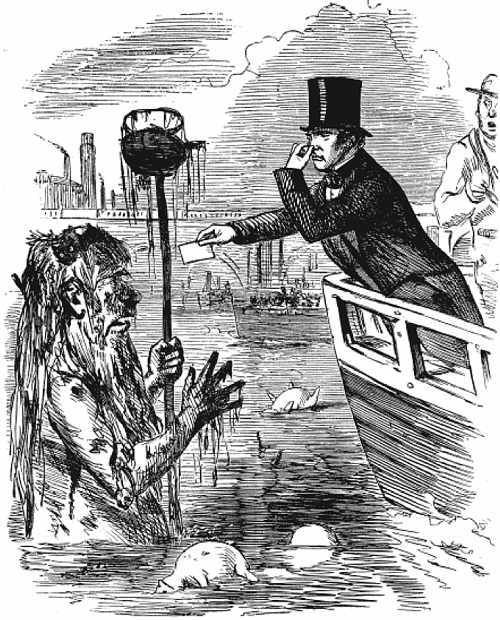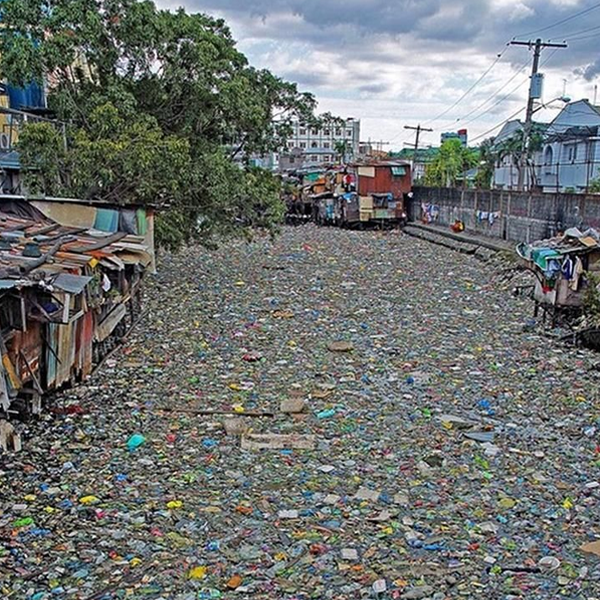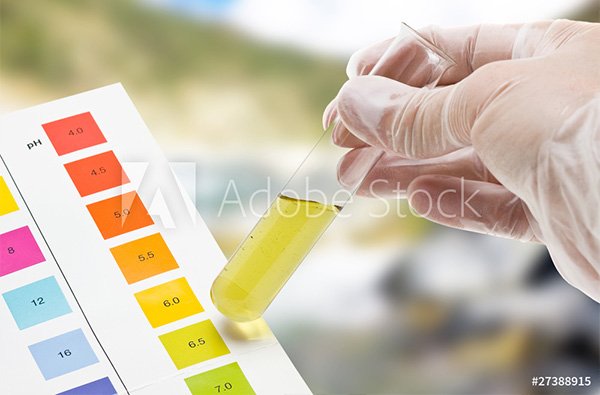

Fact
Water covers approximately 70% of the earth’s surface. Yet, only 2.5% of it is fit for human consumption.
Water covers approximately 70% i.e. two thirds of the earth’s surface. Yet, only 2.5% of it is fresh water (fit for human consumption). Out of this, only 1% of freshwater is easily accessible. The rest is locked in remote glaciers. Hence, 844 million people around the world live without basic fresh water access.

However, as the number of people grew to 7 billion, so did their demands and the number of industries that would meet these demands. Today, it has led to a situation where we can say that our water bodies are being “squeezed” in terms of quality. The poorer, compromised quality of water is referred to as water pollution.
Read : Categories of water pollution
Today, with around 7 billion people on the planet, the earth testifies that there is an extent to which it can absorb pollution. Beyond that, the menace will harm every living thing.
Scientists suggest that water bodies can disperse and rid themselves of a certain quantity of pollutants by natural processes. When that quantity exceeds its limits, the water is said to be polluted. Consider this – if you pour a bottle of ink into a vast rover, the ink would disappear in the water. It would still be present but its impact would be reduced to zero by the large volume of flowing water.
Water pollution has been defined by many. All definitions converge at a common conclusion – that
One or more unnatural substances have accumulated in the water bodies to an extent that they render it unfit for human consumption or to host an aquatic life.
However, if the same ink is poured into the river in gallons every second, the river will die a slow, but sure death. Not only this, all the aquatic life (plants, animals, etc) living in that river would perish. Hence, we come to a very important conclusion – water pollution is all about quantities. If a drop of chemical falls into the ocean, the ocean would still be unpolluted. However, if the quantity of the pollutant is large, the ocean would cease to be safe for supporting life.

A 1969 United Nations report defined ocean pollution as:
The introduction by man, directly or indirectly, of substances or energy into the marine environment (including estuaries) resulting in such deleterious effects as harm to living resources, hazards to human health, hindrance to marine activities, including fishing, impairment of quality for use of sea water and reduction of amenities.
According to the WWF:
Pollution from toxic chemicals threatens life on this planet. Every ocean and every continent, from the tropics to the once-pristine polar regions, is contaminated.
The statement speaks for itself.
Water pollution is not a grave FUTURE problem. It poses a major threat in the present. It requires serious measures, evaluations and resetting of water conservation policies at international as well as domestic levels.
Back in 2015, water pollution alone caused 1.8 million deaths. If not taken care of, water pollution will continue to be the leading cause of death and disease in the world.
A leading organization called “Global Oceanic Environmental Survey (GOES)” state that water pollution is among the main environmental problems which is capable of posing a threat to the existence of life on planet earth in the next few decades. Among their main concerns is that water pollution affects the breeding of phytoplanktons (a key part of oceans, seas and freshwater basin ecosystems) which produce 70% of oxygen and remove a large part of carbon dioxide on earth.
India and China, the two neighboring countries show high levels of water pollution. Surveys show that approximately 580 people in India die of water related illness every day.. As far as China is concerned, 90 percent of the water in Chinese cities remains polluted.
Read : Water Pollution in India and China
But that is not it. The developed countries also struggle with water pollution. A study conducted in United States of America on water quality in 2009 states that 44 percent of assessed stream miles, 64 percent of assessed lake acres, and 30 percent of assessed bays and estuarine square miles were classified as polluted.
As a layman, it is hard to tell if the water you are consuming is polluted or not. While detecting point source pollution is easy as it is visible to the naked eye, other forms of water pollution, such as non point source and radioactive are not evident. So how do we deem water fit or unfit for consumption if we cannot even see its pollutants? How do we know that water pollution is real?
There are main ways by which a common man can analyze the water he is considering. One among them is a simple lab test of a small sample of the water body. The test will inform you about the composition of water. If the chemicals in it are very less or they do not have dire consequences, you may consume the water after some initial purification.
Read : Causes of Water Pollution
However, if the chemicals are concentrated or harmful, then the water is polluted. These measurements, which consider the chemical composition of water are known as chemical indicators of water quality.

But this may not be a feasible way for everyone. Hence we come to a more natural assessment. This methods deals with closely examining the fish, insects, and other forms of aquatic life which the water body supports. If the aquatic life is healthy, the water is not polluted, but if it is dying, the quality of water is poor. Such measurements are the biological indicators of water quality.